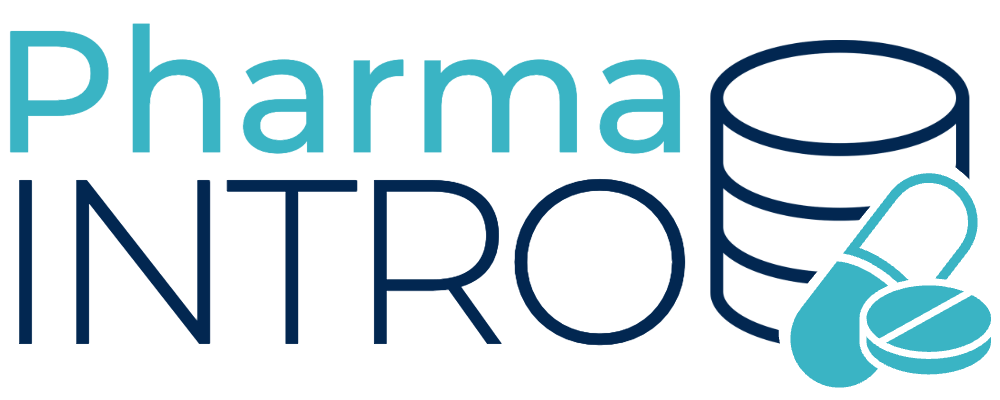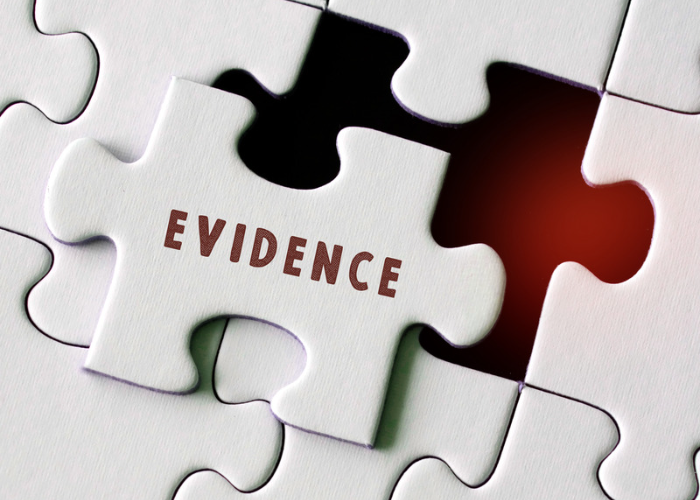Real-world evidence (RWE) is a type of data that is collected from real-world settings, such as electronic health records, insurance claims databases, and patient registries. In recent years, there has been increasing interest in using RWE to inform healthcare decision-making. In this blog post, we will explore the benefits of real-world evidence in healthcare decision-making.
What is real-world evidence?
Real-world evidence is data that is collected outside of a clinical trial setting, in real-world healthcare settings. This data can include electronic health records, insurance claims databases, and patient registries. Unlike clinical trial data, which is often collected under controlled conditions, real-world evidence reflects the diversity of patients and healthcare practices in the real world.
Benefits of real-world evidence in healthcare decision-making Real-world evidence has a number of benefits when it comes to healthcare decision-making. Some of the key benefits include:
- Improved understanding of patient outcomes: Real-world evidence allows researchers and healthcare providers to gain a better understanding of patient outcomes in real-world settings. By analyzing data from diverse patient populations, researchers can identify factors that influence treatment outcomes and inform clinical decision-making.
- More comprehensive insights: Unlike clinical trial data, which is often limited to a specific patient population, real-world evidence provides a more comprehensive view of patient outcomes. This data can include information on patients with comorbidities or other conditions that may not be included in clinical trial data.
- Reduced costs: Collecting real-world evidence is often less expensive than conducting clinical trials. This can make it easier for researchers and healthcare providers to gather large amounts of data from diverse patient populations.
- Faster access to insights: Real-world evidence is often available more quickly than clinical trial data. This can allow researchers and healthcare providers to make more informed decisions in a more timely manner.
- More personalized treatments: Real-world evidence can help inform the development of personalized treatment plans that are tailored to the individual patient. By analyzing data from diverse patient populations, researchers can identify factors that influence treatment outcomes and develop more targeted therapies.
Examples of real-world evidence in healthcare decision-making Real-world evidence is already being used in a number of ways to inform healthcare decision-making. Some examples include:
- Comparative effectiveness research: Real-world evidence is being used to compare the effectiveness of different treatments in real-world settings. This information can be used to inform clinical decision-making and improve patient outcomes.
- Drug safety monitoring: Real-world evidence is being used to monitor the safety of drugs in real-world settings. This can help identify potential safety issues and inform regulatory decisions.
- Health technology assessments: Real-world evidence is being used to inform health technology assessments, which are used to evaluate the clinical and economic value of new healthcare technologies.
Conclusion Real-world evidence is a powerful tool in healthcare decision-making, allowing researchers and healthcare providers to gain a better understanding of patient outcomes in real-world settings. By leveraging this data, healthcare providers can develop more personalized treatment plans, identify potential safety issues, and make more informed clinical decisions. As technology continues to evolve, we can expect even more innovations in the use of real-world evidence in healthcare decision-making in the years to come.

